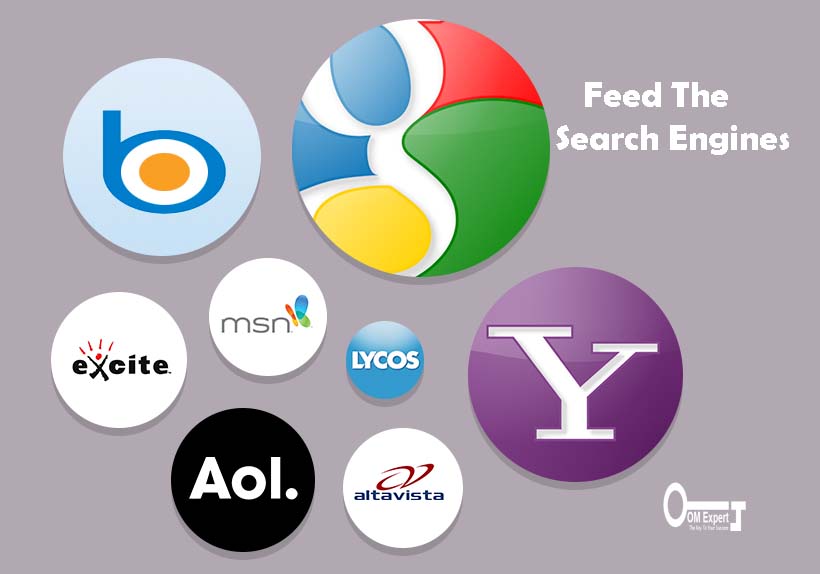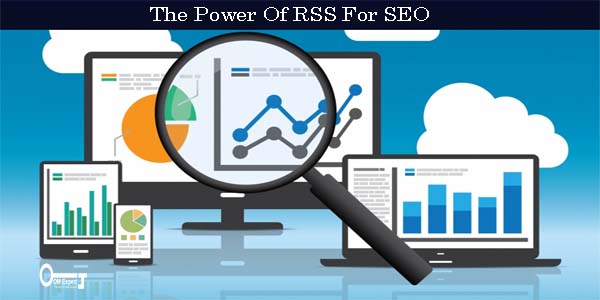RSS is an extensively used layout of web feeds that are utilized for content syndication. It is used to spread most recent news & blog posts amongst others. Users can subscribe to RSS feeds to keep track of interesting news & latest information from all over the net. To publish information, RSS feeds make use of a standardized XML file arrangement. With a lot of dissimilar RSS readers like bloglines or Google Reader, users can subscribe to the feeds for example Microsoft Outlook also supports RSS feeds. They can also put in feeds to the home page of the browser. It is a very excellent method to reach your information to your viewers and thus an immense tool for SEO.
[ads2]
An RSS feed comprises a section that describes the prime information of the feed such as webmaster, title and website, followed by a listing of items. An item can correspond to a blog post, news item, an upcoming event, a new vacancy, on the whole everything you want. For every item some vital information can be defined.
The possible kinds of information that you can put into your RSS feed can widen to a larger extent than this; you can use the following vital advice on how to use RSS appropriately for improving your SEO and much more.
Some Suggestions for Feeds
Mostly, each and every kind of information that is presented on your website is out in the open to an RSS feed. If you frequently publish blog posts, news items, upcoming events, new vacancies, etc. information on your website, subscribers could obtain an excess of information. Then, it might be elegant to insert separate feeds for every category on your website for an audience who are simply interested in one subject, or one author. When anyone comments on one of your blog posts he may possibly be curious in reading follow-up reviews. We can produce an RSS feed for the comments on a blog post. You can even allow each user based on their interests to create their personal feed. The possibilities are on the whole unlimited.
Feed who?
Feed your audience
RSS has a lot of possible uses. But firstly, it is intended for the users who are interested to subscribe to information. At all times bear in mind that your RSS feed at the outset focused on humans. Ensure you utilize a headline that concentrates on capturing the user’s attention; do not center your attention too heavily on keywords. In RSS reader’s visitors will check their headlines prior to making the verdict to read the item’s description. Therefore, your description should hold just sufficient information to capture the interest of your audience and make them long to read the whole article. Make an effort to finish your description with a call-to-action all the time.
Feed your social networks
An RSS feed can be utilized for your social networks. There are a number of easy tools like twitter feed, or dlvr.it for publishing your most up-to-date RSS-items straight to your social media accounts. Several social networks, such as Twitter, just have space for the link and the headline, thus your headline is also very essential for these accounts to produce traffic.
You can tailor the output of your RSS feeds for your each social media account.. It’s also possible to insert several feeds to the similar destination.

Feed the Search Engines
As we know that search engines crawls RSS feeds, thus it would be a great way to let the search engines know that there is something new in your RSS feed. Google gives the option to ping their blog post search whenever you update your feed.


